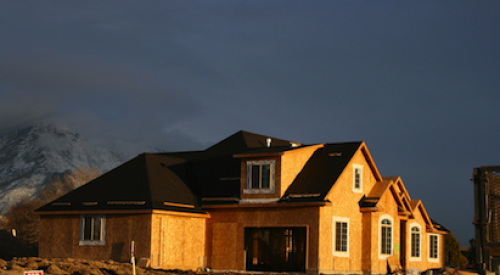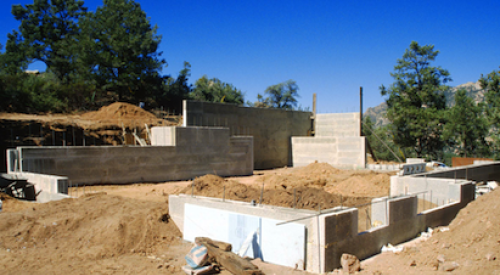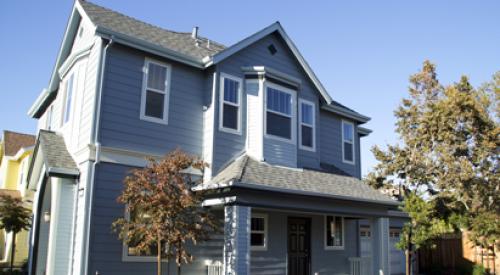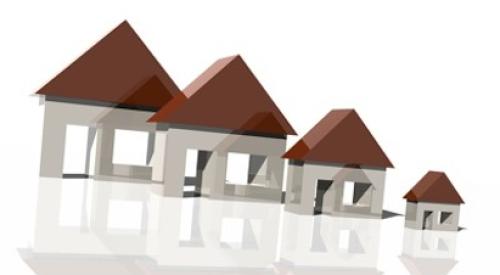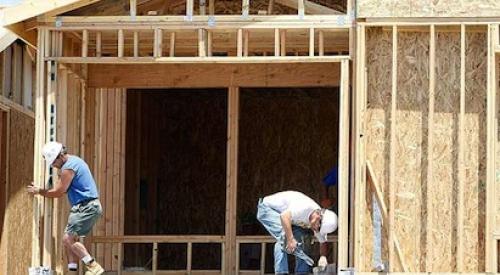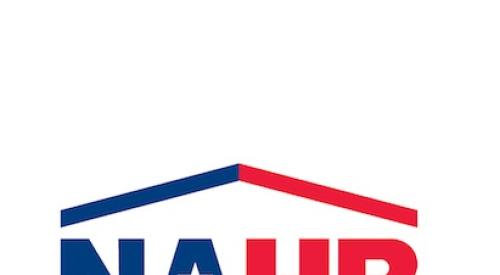Signs are increasingly pointing to a home building industry that is years away from recovering from the excesses of the housing boom. Even with a modest rise in construction last month, the pace of building would need to at least double to signal a healthy market and contribute in a meaningful way to job growth, according to most economists. They don't see that happening until the middle of the decade.
Builders are competing with millions of foreclosures and other distressed properties that show no signs of abating. They are unlikely to ramp up construction until those are cleared away and demand for new homes picks up. Home construction did rise 10.5 percent in August, to a seasonally adjusted annual rate of 598,000, the Commerce Department said Tuesday. The results, however, were boosted by a 32 percent jump in apartment and condominium construction, a volatile part of the market. Construction of single-family homes, which represented about 73 percent of the market in August, grew only about 4 percent from a month earlier. While overall housing starts are up 25 percent from their bottom in April 2009, they are still 74 percent below their peak in January 2006.
The industry is suffering the repercussions of a massive building boom that saw 2 million homes per year constructed from 2004 through 2006. Many of those homes were sold to speculators. They then resold the homes, often to borrowers who took out risky loans and then defaulted. Normally the building industry powers economic recoveries. Each new home built creates, on average, the equivalent of three jobs for a year and generates about $90,000 in taxes, according to the National Association of Home Builders. The industry has improved from the lowest point during the recession. Single-family housing starts are up 11 percent from January 2009. But they remain 78 percent below their peak in January 2006 — before the housing market went bust.

